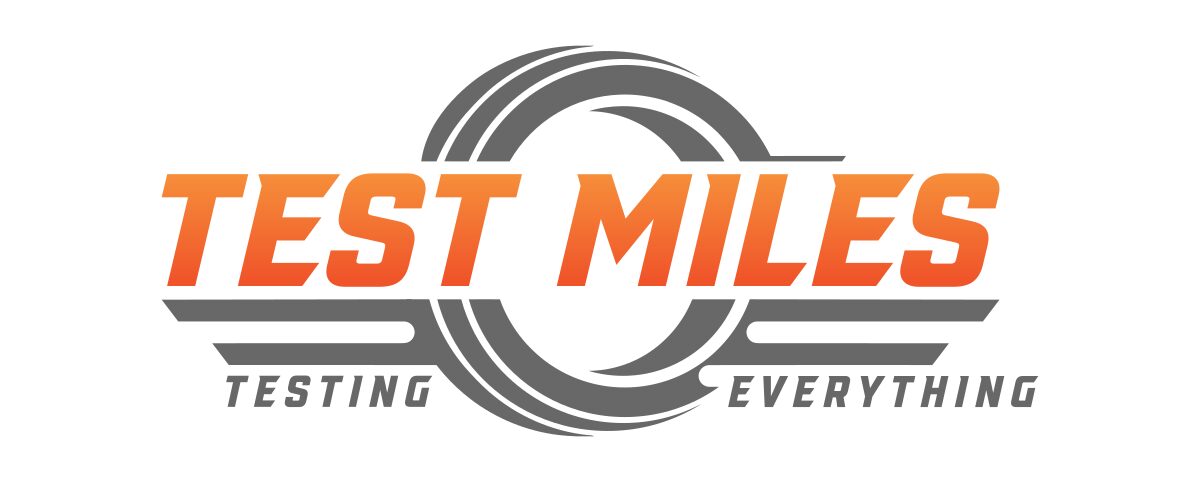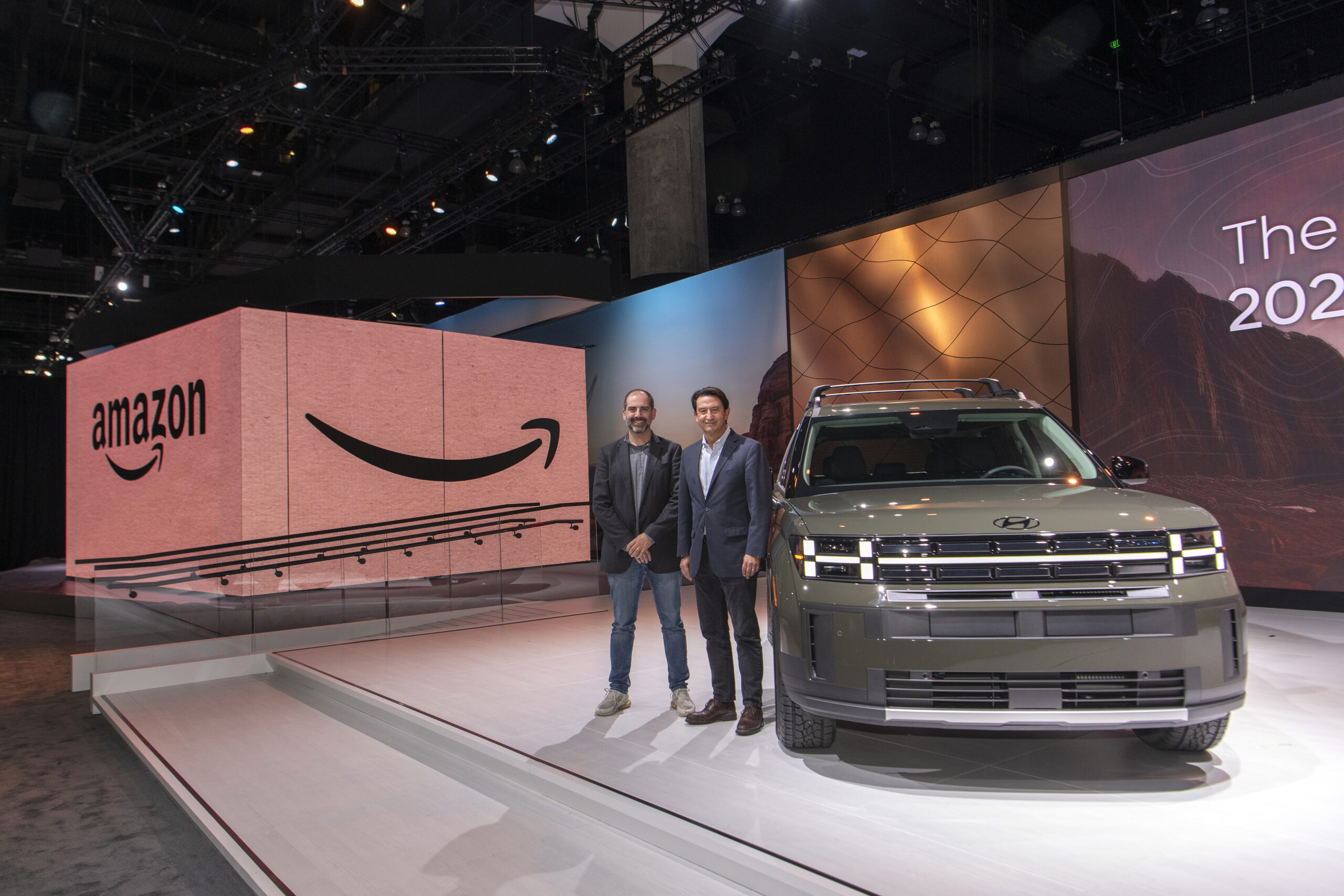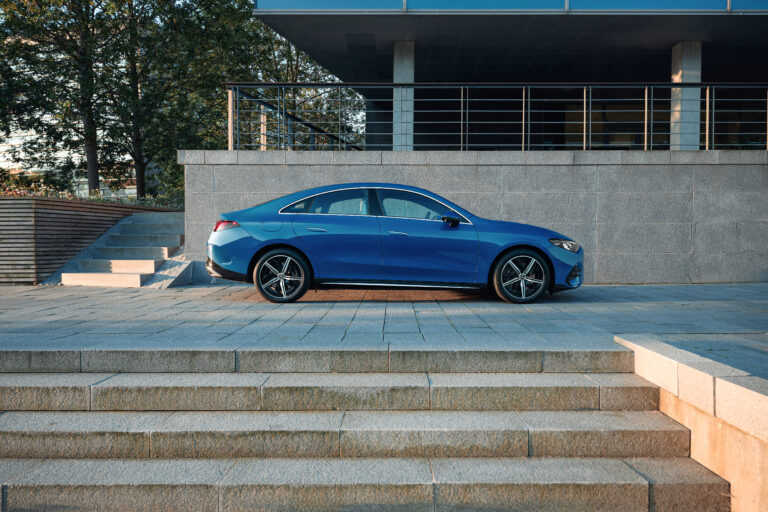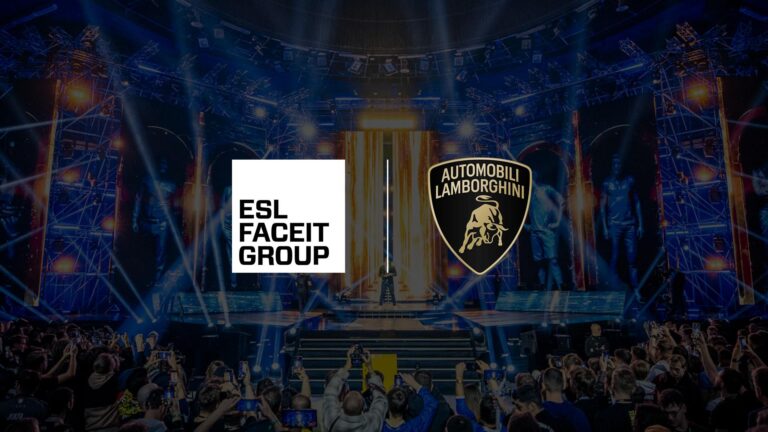The Korean Blueprint: How Hyundai and Kia Quietly Rewrote the Rules of Car Building
By Nik Miles
⸻
Let’s start with a riddle: what do you get when you combine German engineering discipline, Japanese quality obsession, and Silicon Valley-style tech ambition? Answer: a Hyundai Ioniq 5 or a Kia EV6—and a masterclass in how to outwit legacy automakers at their own game.

For years, Korean cars were the butt of automotive pub banter. Cheap. Cheerful. Built like microwaves. But today, that’s not just lazy—it’s wrong. In 2025, the Koreans are no longer playing catch-up; they’re leading the charge. And Detroit, Stuttgart, and Tokyo ought to be paying close attention.

⸻
Q: What sets Korea’s automakers apart in 2025?
Everything—and I do mean everything—about how Hyundai Motor Group builds cars is engineered for efficiency, innovation, and cheeky market disruption. Hyundai and Kia aren’t just copying what works; they’re rethinking what cars should be.
Take the E-GMP platform. That’s Hyundai’s Electric Global Modular Platform—the Lego-like EV chassis underpinning the Ioniq 5, Kia EV6, and Genesis GV60. It’s one of the most scalable, flexible architectures on the market, built for fast charging (10% to 80% in 18 minutes), long range, and even bidirectional power. Yes, your Ioniq 5 can charge your fridge in a blackout—try doing that in a Mustang Mach-E.

⸻
Q: So it’s just the tech, then?
Not even close. The Koreans also cracked the cultural code. For decades, Japanese automakers stuck to a top-down hierarchy, while American firms tangled themselves in legacy bureaucracy. Korea? They ran their companies like a K-drama script—tight pacing, plot twists, and shockingly good production values.
Hyundai’s design language, once about as stylish as a fax machine, now feels fresh, minimalist, and original. You’ll find pixel-themed tail lights on the Ioniq 5 and the kind of body creases that would make an Audi blush. Kia’s EV6 GT isn’t just attractive—it’s ferocious. Zero to sixty in 3.4 seconds. All-wheel drive. Drifting mode. And it still has room for your dog and a week’s worth of groceries.

⸻
Q: What does this mean for everyday drivers?
It means you no longer need to pay a BMW price for a BMW-level experience. Want luxury tech like augmented reality head-up displays, fingerprint scanners, and over-the-air updates? You’ll find it in a Hyundai. Want safety features that go beyond the basics? Try the blind-spot view monitor that gives you a real-time video feed of your blind spots in the gauge cluster. Clever, right?
In practical terms, it also means fewer dealer visits. Hyundai and Kia top reliability charts and back their vehicles with industry-best warranties—because, quite frankly, the cars aren’t breaking down.

⸻
Q: Is this truly a game-changer or just a flashy PR run?
Let’s be clear: this isn’t a hype bubble. This is a multi-billion-dollar pivot in real-time. Hyundai is building a $7.6 billion EV plant in Georgia. Kia’s sales in Europe and the U.S. are climbing. And Genesis—Hyundai’s luxury arm—is carving a path that rivals Lexus in its prime.
It’s not just that these companies are selling EVs. It’s that they’re making them profitably and at scale—something even Tesla has struggled with. Their factories run with Swiss-watch precision, employing AI, robotics, and real-time quality control systems. In short: they’ve turned “good enough” into “world-class.”
⸻

Q: What can Detroit learn from Seoul?
Quite a lot. Start by ripping up the old rulebook. Hyundai took the unusual step of hiring outsiders—Peter Schreyer from Audi, Albert Biermann from BMW M. They weren’t bound by corporate dogma, and they delivered results. Meanwhile, Hyundai Motor Group’s chairman, Euisun Chung, is laser-focused on innovation and talent, not nostalgia.
Detroit can also learn to move faster. Korean automakers slash development cycles from five years to just three. They’re not afraid to kill a model that doesn’t sell or double down on one that does. There’s no sentimentality—just results.
And perhaps most importantly, they’ve embraced design and tech as core brand pillars—not afterthoughts. The Koreans know that the average buyer doesn’t read torque curves—they read their phone. So they built cars that photograph well, feel futuristic, and deliver emotional value.

⸻
The Bottom Line
In the 1990s, driving a Hyundai meant you’d given up. In 2025, it means you’re smarter than your neighbor who bought a luxury badge. That’s not just a brand turnaround—it’s a global power shift.
And if you’re a car exec in Dearborn or Wolfsburg, it’s time to stop sneering and start studying. Because the Koreans aren’t just building better cars—they’re teaching the rest of the world how it’s done.

⸻
Enjoyed this article?
Stay in the driver’s seat with more automotive insights! Follow @NikJMiles and @TestMiles on social media for the latest news, reviews, and behind-the-scenes exclusives. Don’t miss out—join the conversation today!







